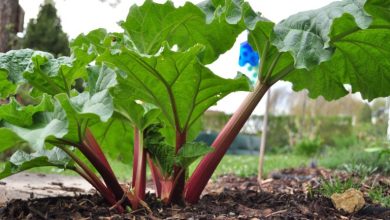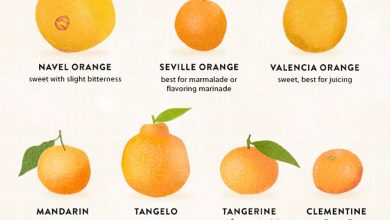Searching for Urban Gardens in China: An Adventure
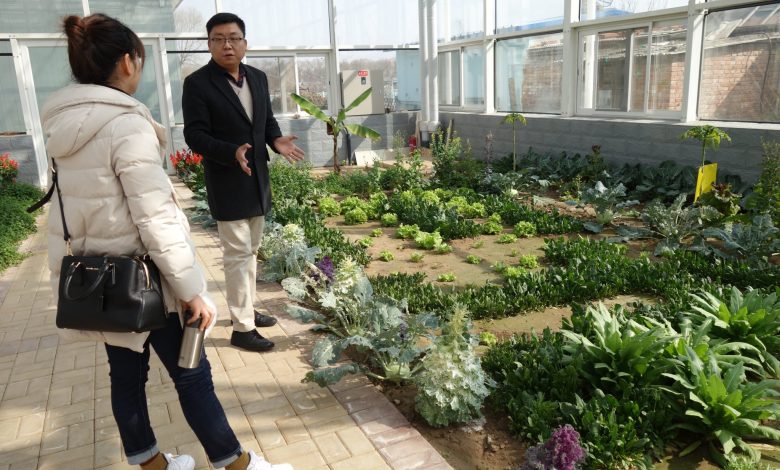
After our adventures searching and reporting on urban gardens in Madrid and London, we have moved to another great city: Beijing.Our mission is to find urban gardens in China… but here in Beijing, what seems so simple in some European cities (where gardens are everywhere), is becoming an arduous task.
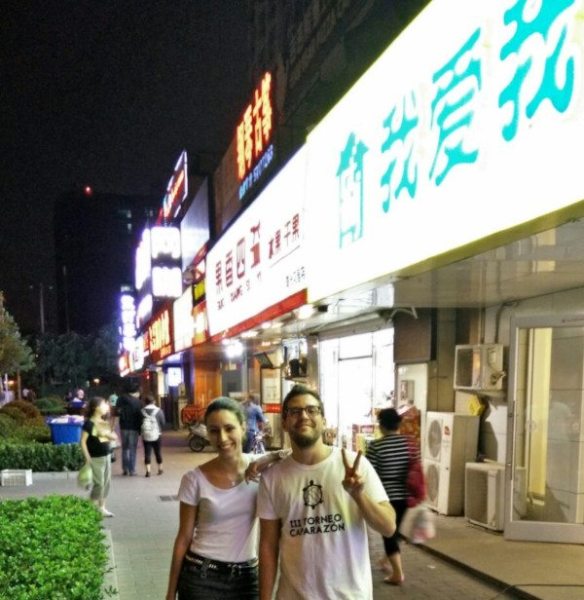
Álvaro and I in Beijing taking a walk through our neighborhood during the first days In this post I will tell you why and, by the way, I will show you some of the places that our friends classify as “urban gardens in China”. Although they are not really, it is about agriculture so you can learn something about the techniques and crops that are cultivated and researched in this country.
Why is it so difficult to find urban gardens in China?
First of all, because most people do not speak English (only Chinese), which means that most web pages are in their language. This has a problem, and that is that if you don’t know Chinese and you search the Internet for something in English, the results will appear in Chinese and of course… you won’t understand anything at all! And you will say… “you can use a translator!” Well… you can do it… but believe me, many pages are translated quite poorly or not at all… so sometimes it is mission impossible to find out something.
Secondly because, although the Urban Agriculture in China would be very beneficial to improve the air and the quality of life, the urban gardens in China and the naturation in general are not very rooted in these cities. As I told you in the post Urban Nature in China: much more than orchards, it is true that more and more things are being done in this direction (especially since Beijing was chosen as the venue for the 2008 Olympic Games), but There is still a lot to do… because there are not many community gardens or school gardens (or at least we did not find them).
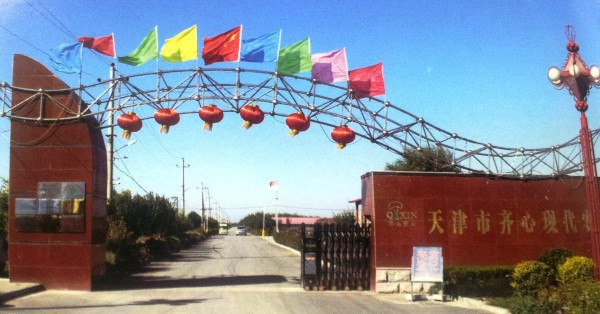
There are more initiatives that develop urban agriculture as a business, as we saw in the post Peri-urban Agriculture: a tourist business in China, than as a way to improve the sustainability of cities and people’s health.
In my humble opinion, and always speaking in general, I think that people here are more concerned with prospering professionally and with the image they should give as a country (hence the great projects we saw in «Urban Nature in China, much more than vegetable gardens »), than for things like environmental education at the local level, health or the environment. For this reason, initiatives and non-profit associations that promote urban gardens in China are conspicuous by their absence… Although well… we will always have the Gardens in the Hutongs…
We have found some initiatives that are dedicated to this, such as Good to China, Roots & Shoots or Sanjhuali Community Gardens, but it so happens that all of them have been promoted by people from other countries. In any case, thanks to them, urban agriculture is being introduced little by little in these cities.
This is very good because I think another problem is that many Chinese have never heard of «Urban Agriculture» or «community gardens». These initiatives will help people like Julianne, who showed us around the Jiashan Skyfarm in Shanghai, appreciate its benefits and develop new urban gardens in China in the future.
Are these urban gardens?
Since we are here in Beijing, Álvaro and I have the support of a small group of Chinese who help us and who were supposed to teach us about urban gardens in China. The truth is that we have tried on numerous occasions to explain the concept of Urban Agriculture to them but we believe that they do not know very well what we are looking for: we have not yet seen any garden with them!
NERCITA experimental fields
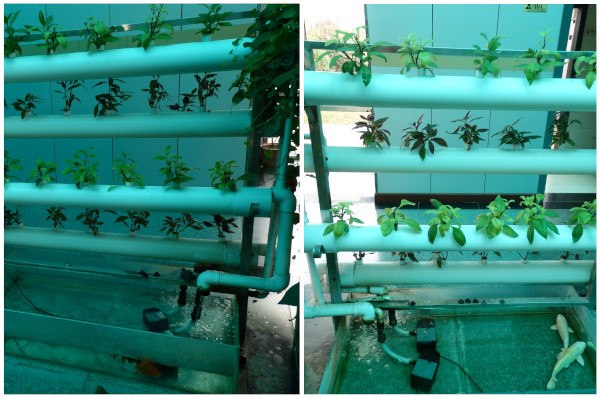
The first visit they scheduled for us was to the NERCITA (National Engineering Research Center for Information Technology in Agriculture) experimental fields. «And this is Urban Agriculture?» we asked ourselves as we wandered around the huge Chinese government agricultural research facility on the outskirts of Beijing. Well, at least the visit helped us learn about a new crop: the chayote. And to see a full- fledged aquaponics setup:
Enginerring Center of Forestry and Pomology
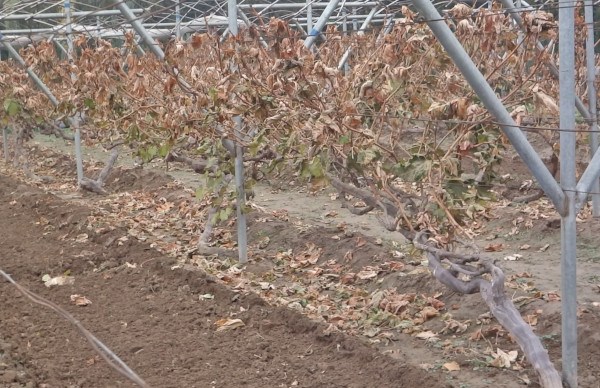
Time has passed and they have continued to take us to places like that, such as the “Enginerring Center of Forestry and Pomology” (belonging to the School of Agriculture). In this place we saw, among other things, this very peculiar way of guiding the vines, which must make their harvesting much easier:
National Engineering Research Center for Vegetables
Finally, I did not want to stop showing you this large greenhouse belonging to the « National Engineering Research Center for Vegetables» (where they investigate substrates for horticultural and hydroponic crops).
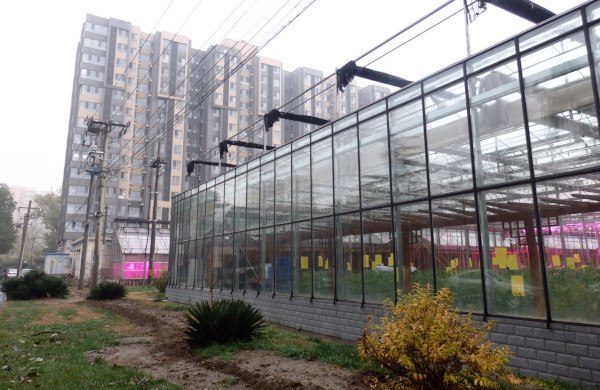
In these greenhouses in the middle of the city, they grow tomatoes, cucumbers and other vegetables using the hydroponic method. Through the small black ducts that you see in the photo below, the liquid nutrient solution is deposited in the perlite substrate that supports the roots of the plant.
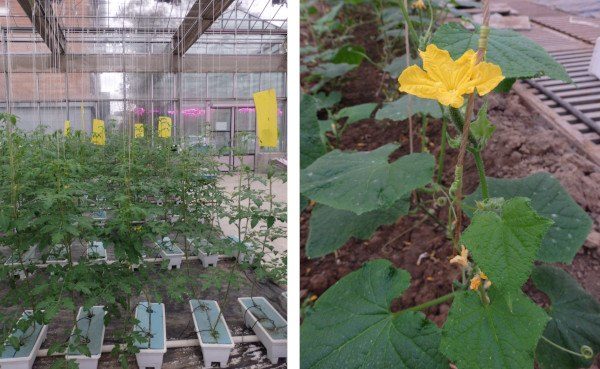
Although it has nothing to do with our mission to see Ecological and Urban Agriculture in China, it was interesting to see their techniques. For example, the yellow traps against pests, an ecological method that we have already talked about many times in Agrohuerto, or this type of trellising with ropes for tomato and cucumber (quite effective and cheap):
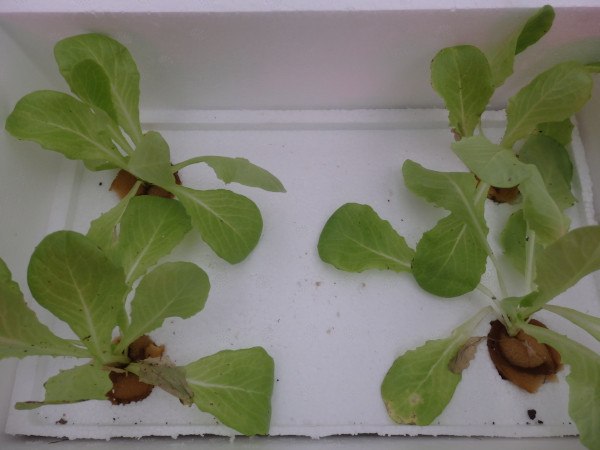
They also use hydroponics for small seedlings. In this kind of floating seedbeds, the small plants float in the water thanks to a material similar to polystyrene where they are inserted, and their roots absorb the liquid through a sponge that remains soaked in the liquid with nutrients that is below.
Other seedbeds, like the ones in the photo below, are seedlings with perlite that leave the roots floating on the liquid nutrient solution that is in the container below (I hope that between my explanations and the photos you will find out more or less what I am telling you). I’m counting).
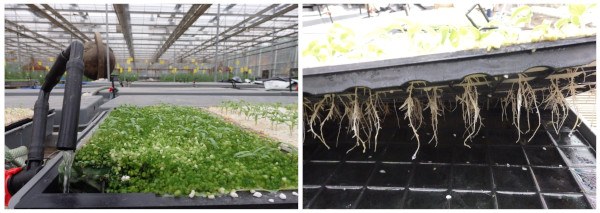
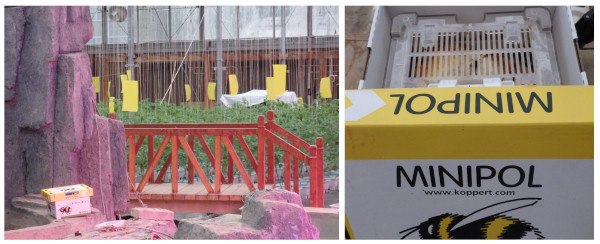
Although what was in these greenhouses were not organic crops, I liked seeing some «clean» methods used in Organic Farming, such as yellow traps or pollination by bumblebees.
This cardboard box, for example, is actually a honeycomb where these little animals live and can feed, enter and leave to pollinate the plants in the greenhouse, fulfilling a very important task (you can also cheer up and buy one like this for your garden!).
We will continue searching…
Anyway… well, this is a lot of what we have seen: agricultural research more than school gardens or community urban gardens… I think they think that any plant or greenhouse in the city is worth it and no… Urban agriculture goes much further… they are plants grown to eat, to learn, to live together…
As you have seen, finding urban gardens in China is not an easy task. Between scarcity, language and misunderstandings…
Even so, we have already scheduled a visit to a community garden that a French girl started here in Beijing a year ago, and we have found out that there is a school with a garden that can still receive us… We will keep informing you! Greetings Farmers!

